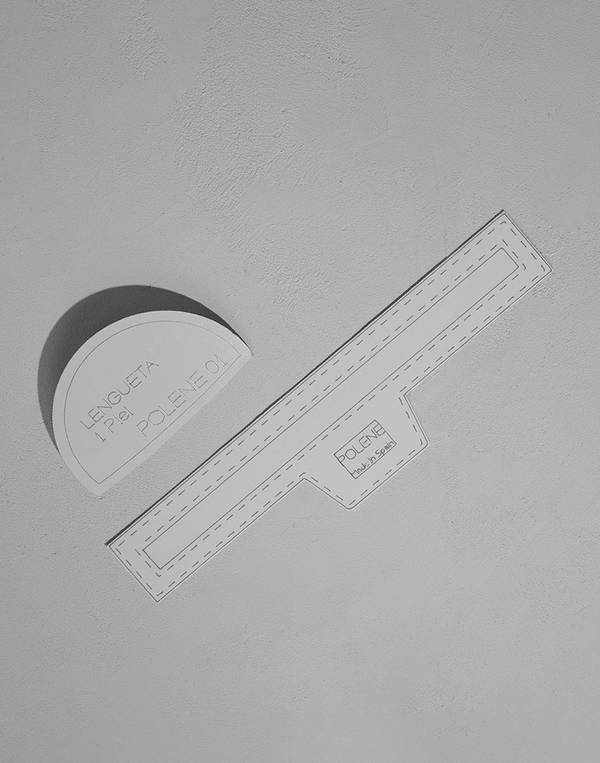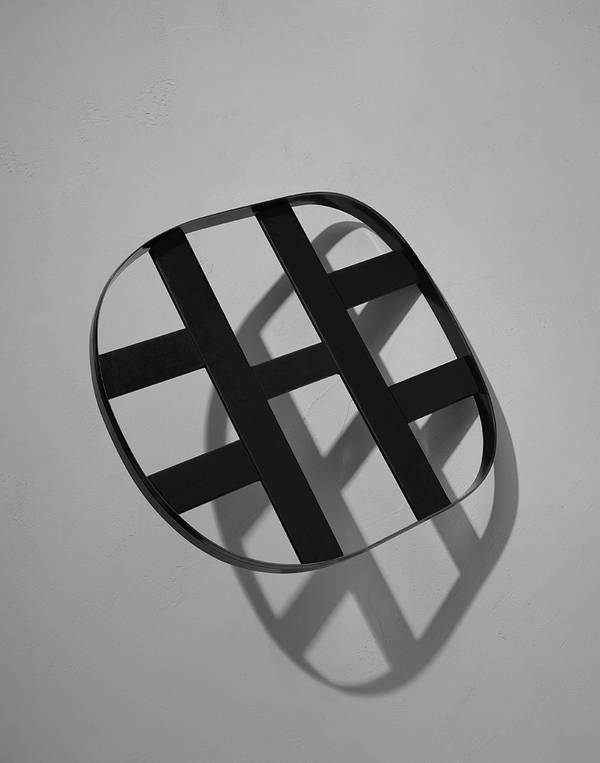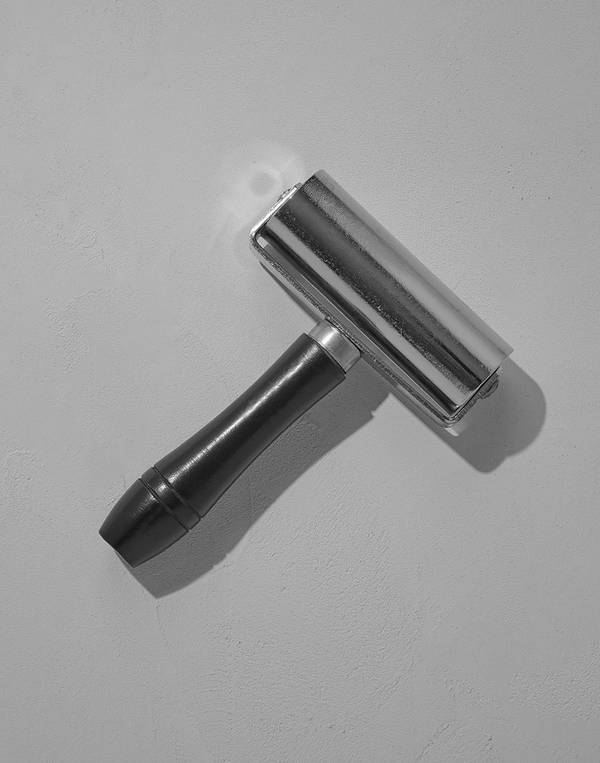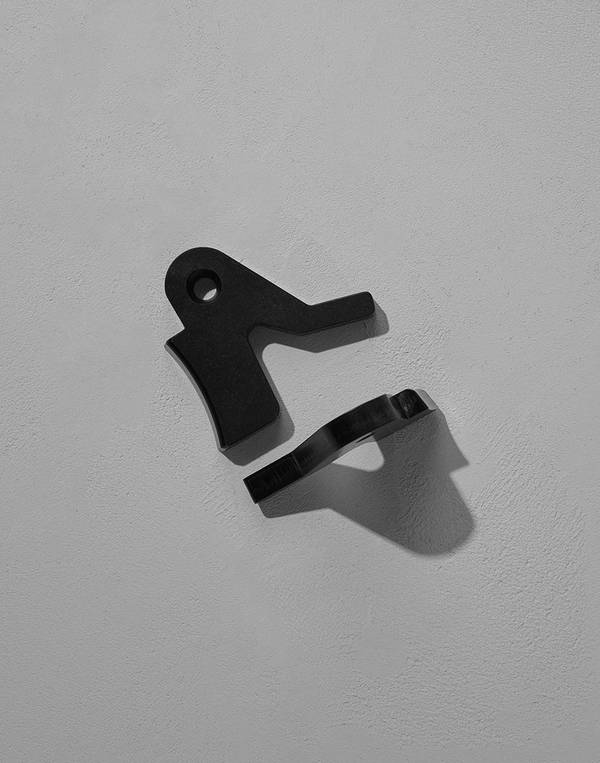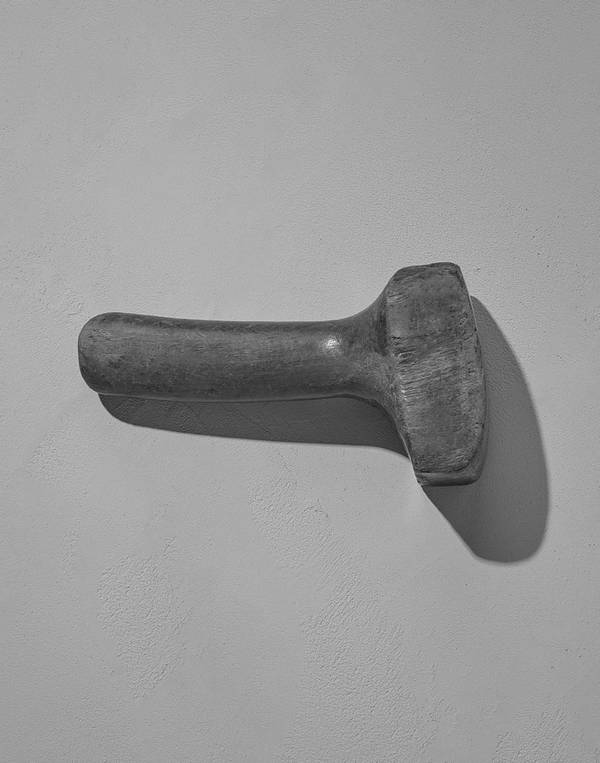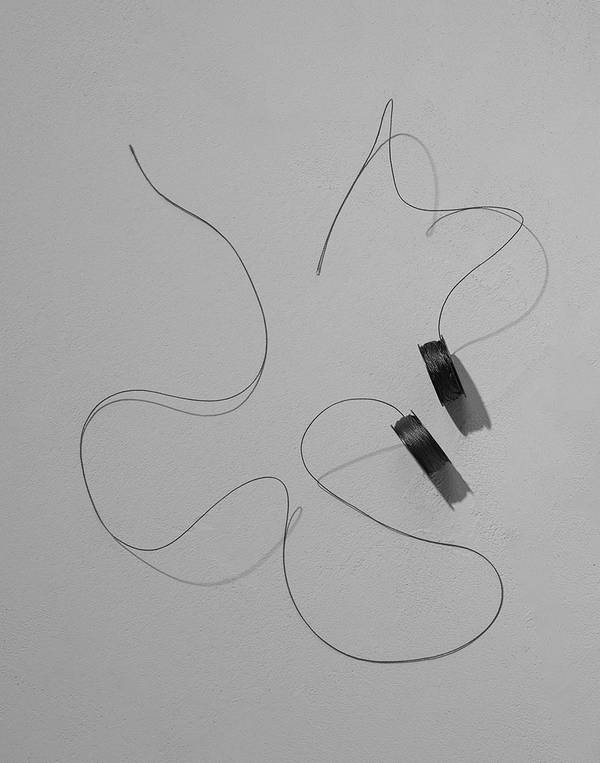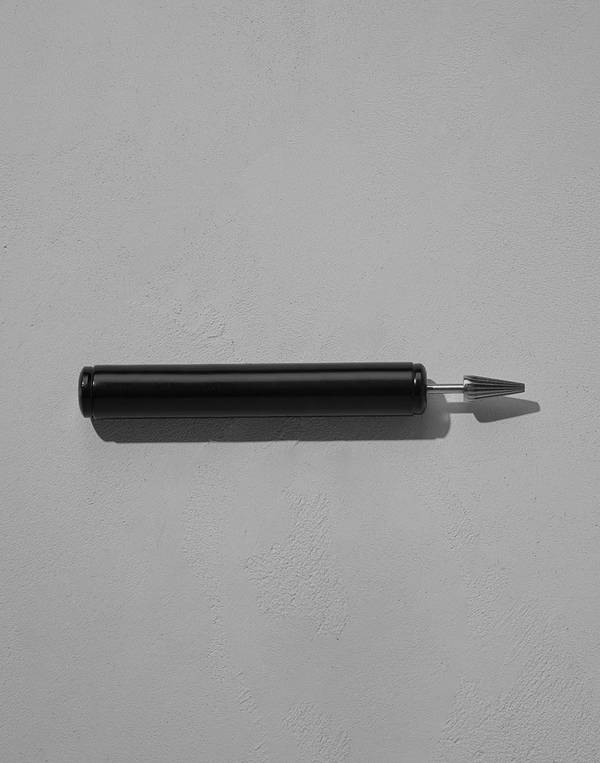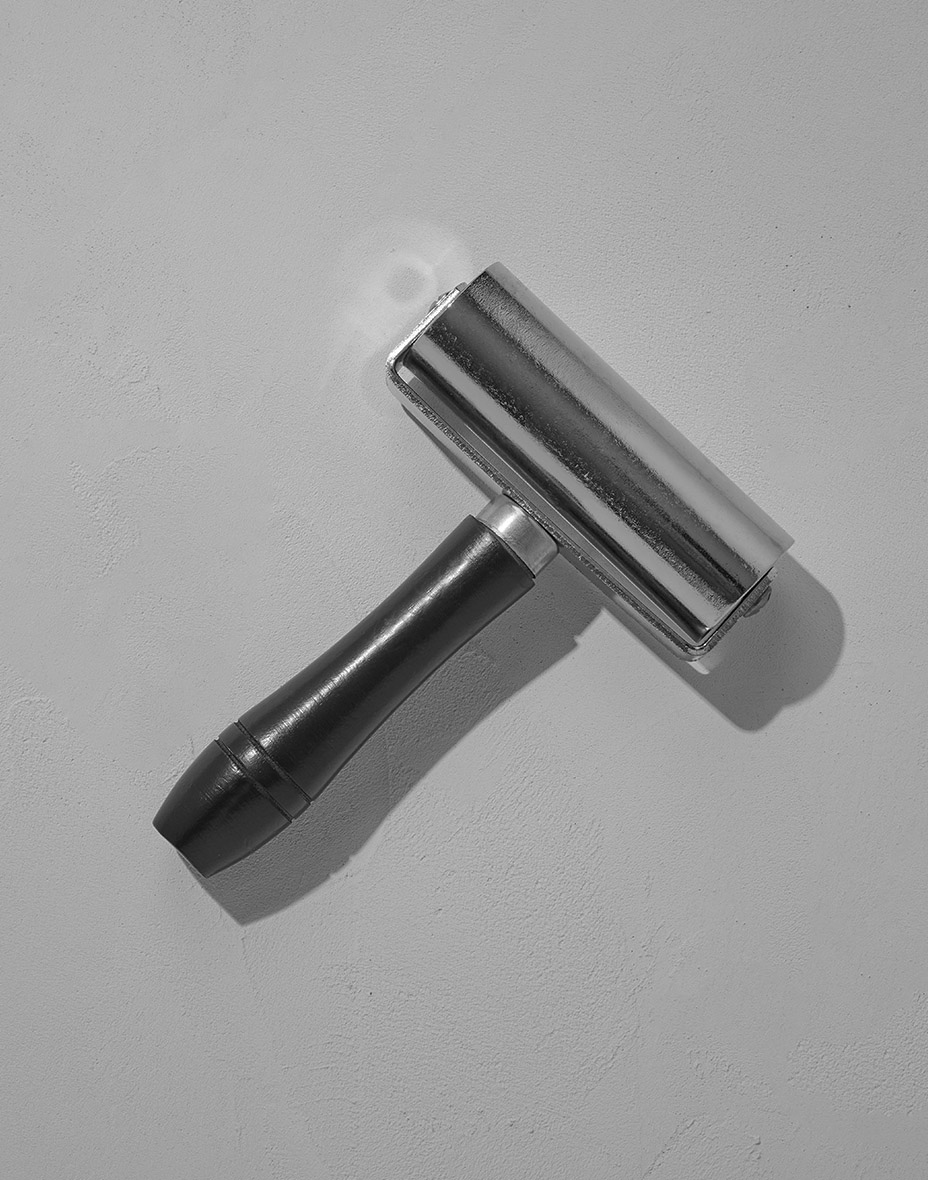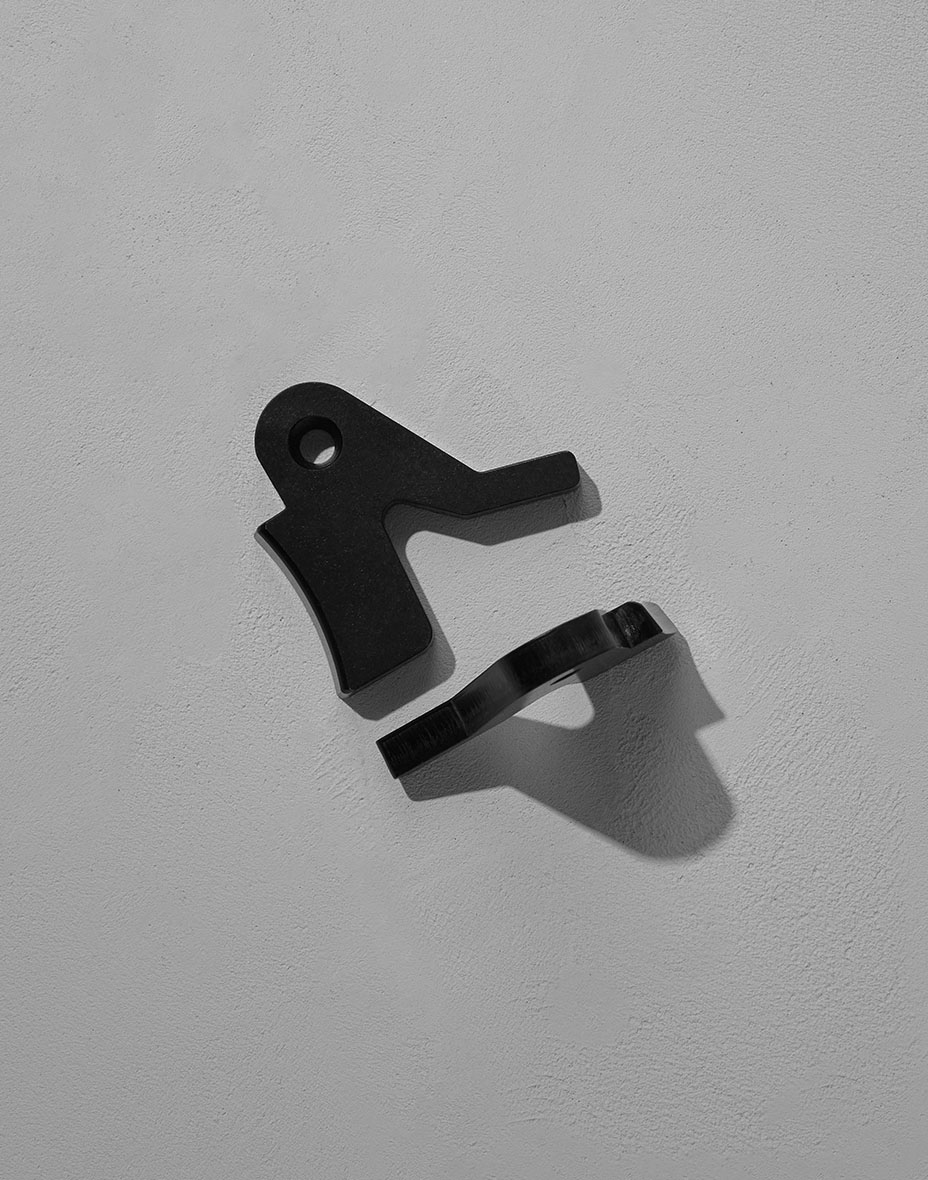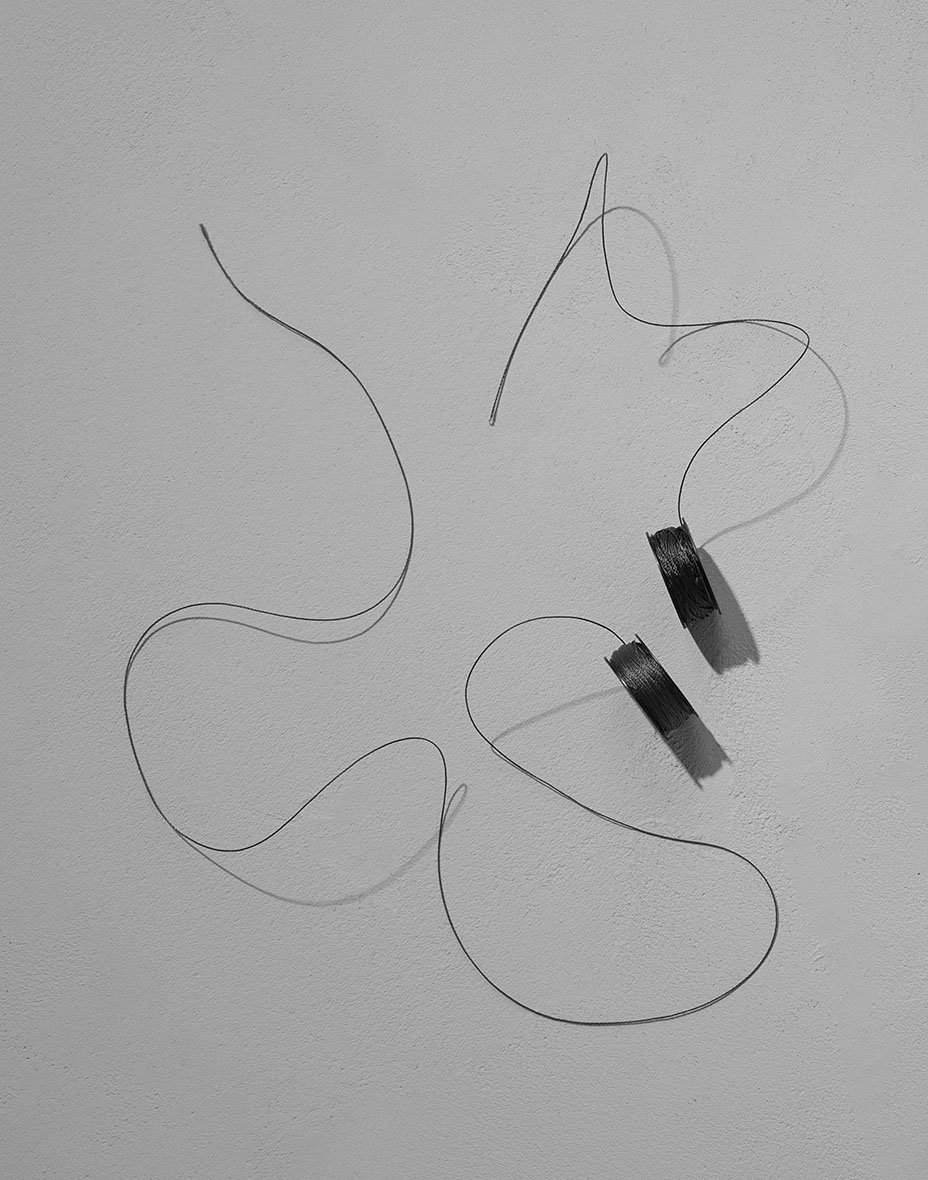After extensive research including visits to workshops and meetings with local artisans, the company decided on Ubrique, Spain, as the site for its production operations. Today, more than 1,300 artisans work to bring the pieces designed in the Paris studio to life.
Learn about the key steps in the production of a Polène piece that ensure a high-quality leather item.
